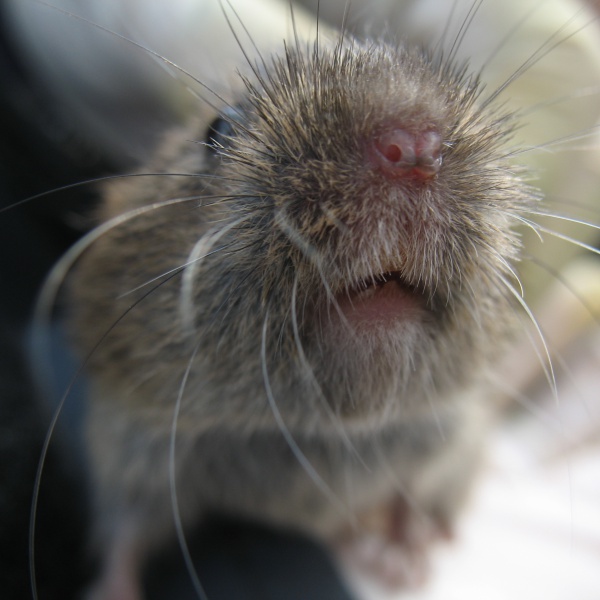Facts About Field vole
The field vole, often called the short-tailed vole, is a small, grey-brown mammal prevalent throughout Europe, from the Atlantic coast to Lake Baikal. These small mammals prefer inhabiting moist grassy areas such as woodlands, marshes, and riverbanks, where they construct their nests above ground. They play a crucial role in the ecosystem by serving as a key food source for owls and other predators. Interestingly, their population tends to exhibit cyclical fluctuations.
Field voles are prolific breeders, capable of producing up to seven litters annually, with each litter typically consisting of four to six young. Owing to their widespread presence and substantial numbers, they are classified as "Least Concern" by the International Union for Conservation of Nature (IUCN).
These rodents can be easily identified by their dark brown fur and short tails. Compared to common voles, field voles have darker, longer fur and denser, more prominent ear coverings. They are diurnal, making shallow burrows close to the ground and feeding on grasses, herbs, and bark. Unlike some other animals, field voles do not hibernate and possess low energy reserves, necessitating frequent feeding to remain active.
Field voles have many predators, including barn owls, kestrels, weasels, and stoats. They breed throughout the year, with a gestation period of about three weeks. A single birth can produce up to a dozen young, who reach sexual maturity rapidly. This rapid reproduction can lead to population booms when conditions are conducive. Female voles often become pregnant again shortly after giving birth, further contributing to their fast population growth.
The number of field voles can vary significantly depending on food availability and competition, which also affects litter sizes and survival rates. Despite these fluctuations, their overall population remains stable. The IUCN lists the field vole as "Least Concern" on its Red List of Threatened Species, thanks to their abundant numbers and broad distribution.

 Italy
Italy